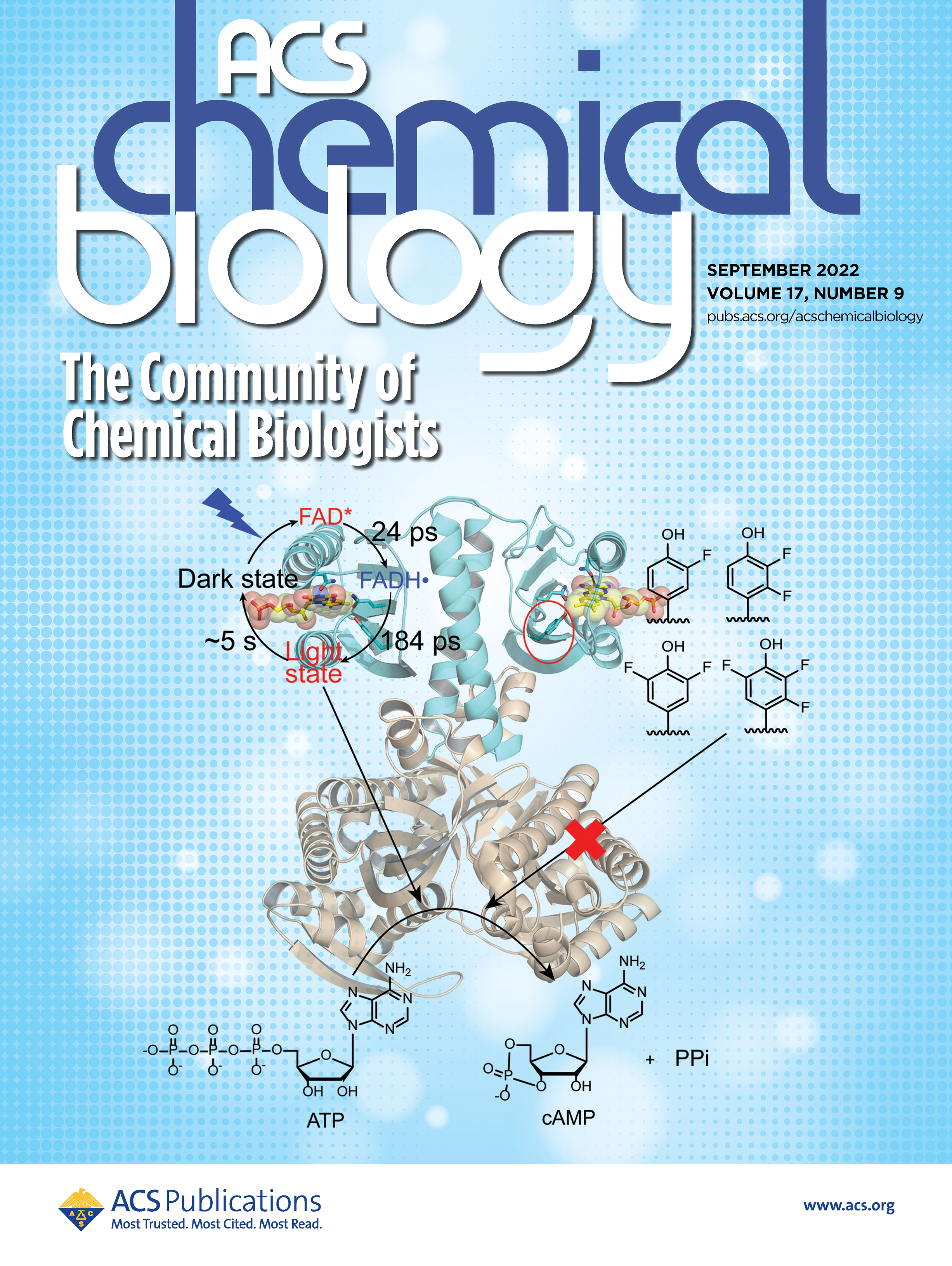 Various organisms use light for processes such as harvesting energy and signalling. Nature has developed methods of monitoring light levels and triggering processes in the presence of high light levels to maximise efficiency. FAD-binding (Flavin Adenine Dinucleotide-binding) proteins, like those in the BLUF domain (sensors of Blue-Light Using FAD), in living organisms are crucial for them to be able to adapt to their environment (sunlight changes) especially for photosynthetic organisms like plants and certain species of bacteria.
Various organisms use light for processes such as harvesting energy and signalling. Nature has developed methods of monitoring light levels and triggering processes in the presence of high light levels to maximise efficiency. FAD-binding (Flavin Adenine Dinucleotide-binding) proteins, like those in the BLUF domain (sensors of Blue-Light Using FAD), in living organisms are crucial for them to be able to adapt to their environment (sunlight changes) especially for photosynthetic organisms like plants and certain species of bacteria.
Recently featured on the supplementary cover of American Chemical Society (ACS) Chemical Biology, work at Ultra by groups from the University of East Anglia, Stony Brook University, University of Pecs, and Yokohama City University resulted in a publication that gives us new insights into how light-activated proteins (primarily in the BLUF domain) communicate in nature.
Extensive study has been done into the photochemistry of BLUF photoreceptors using time-resolved approaches, but these researchers took it further and examined the BLUF domain proteins with a biologically relevant output partner. They performed time-resolved spectroscopy and protein modification to understand how the signalling process works. Notably, they used infrared spectra through initial events (picoseconds to nanoseconds) to highlight the parts of the chromophore molecule influenced by the light activation and observe its effects on the surrounding protein structure.
The research extends our knowledge of how the photochemical processes in the BLUF domain directly impact the output domain. Specifically, they investigated OaPAC (Oscillatoria acuminata Photoactivated Adenylyl Cyclase), where both the BLUF and adenylate output domains are contained in a single protein. They probed the OaPAC photoactivation mechanism and compared it with other BLUF proteins, especially looking into how modulating the activity of a specific compound impacts the light-controlled adenylate cyclase reaction.
Find out more by reading the publication in ACS Chemical Biology.
